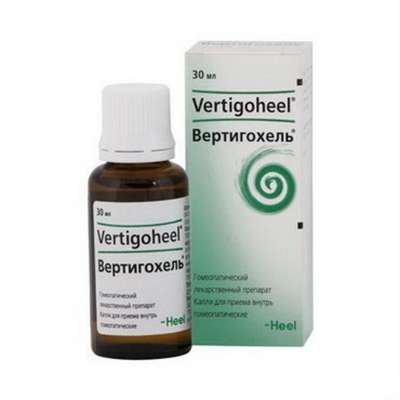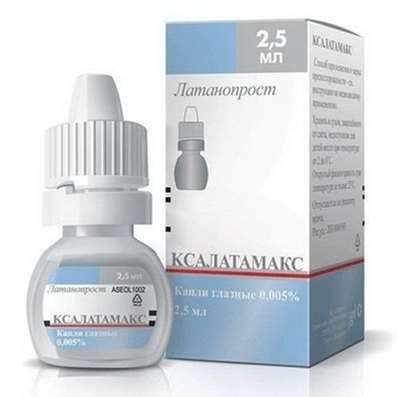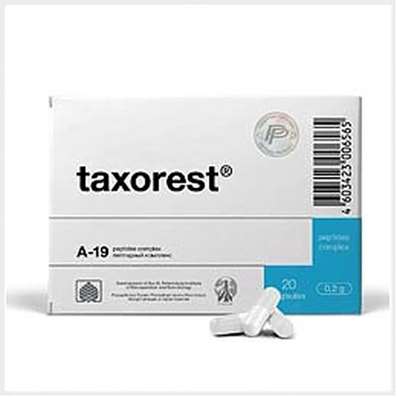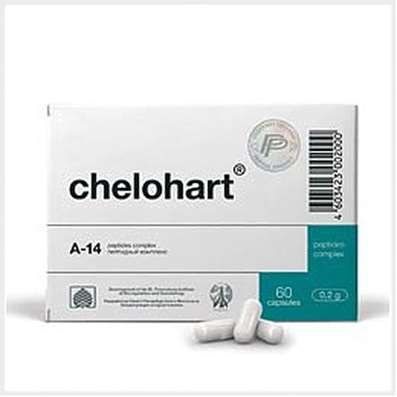Instruction for use: Methyltestosterone (Methyltestosteronum)
I want this, give me price
chemical name
(17beta) -17-Hydroxy-17-methylandrost-4-en-3-one
Pharmacological group
Androgens, antiandrogens
Antineoplastic hormonal agents and hormone antagonists
Nosological classification (ICD-10)
C50 Malignant neoplasm of breast
Cancer of the nipple and areola of the breast, Breast carcinoma, The hormone-dependent form of recurrent breast cancer in women in menopause, Hormone-dependent breast cancer, Disseminated breast carcinoma, Disseminated Breast Cancer, Malignant breast cancer, Malignant neoplasm of breast, Contralateral breast cancer, Locally advanced or metastatic breast cancer,Locally-distributed breast cancer, Locally-recurring breast cancer, Metastatic breast carcinoma, Metastasis of breast tumors, Metastatic breast carcinoma, Inoperable breast carcinoma, Incompatible breast cancer, Breast cancer in women with metastases, Breast cancer in men with metastases, Breast Cancer, Breast cancer in men, Mammary cancer, Breast cancer with distant metastases, Breast cancer in postmenopausal women, Breast cancer hormone-dependent, Breast cancer with local metastases, Breast cancer with metastases, Breast cancer with regional metastases,Breast cancer with metastases, Common hormone-dependent forms of breast cancer, Common Breast Cancer, Recurrent Breast Cancer, Recurrence of breast tumors, Breast cancer, Estrogen-dependent breast cancer, Estrogen-Dependent Breast Cancer, Disseminated breast cancer with overexpression of HER2, Tumors of the mammary glands
E30.0 Delay in puberty
Later sexual development, Sexual maturation later
Code CAS 58-18-4
Characteristics
White or creamy white powder or crystals, hygroscopic. Virtually nerastvorim in water, soluble in alcohols and organic solvents, slightly soluble in vegetable oils.
Pharmacology
The pharmacological action is androgenic.
Interacts with specific receptors of the cytoplasmic membrane on the surface of cells in target organs, penetrates into the cytoplasm and nucleus, causing activation of the genetic apparatus. Provides normal growth and development of male genital organs and secondary sexual characteristics: growth and secretory activity of the prostate gland, seminal vesicles, penis, scrotum, axillary and pubic region hair, thickening of the vocal cords and coarsening of the voice, increases muscle mass and reduces fat deposition. It causes a delay of nitrogen, sodium, carbonates, phosphates, reduces the excretion of calcium by the kidneys and promotes its deposition in the bones. Controls the growth of bones in length (pubertal period). Inhibits the production and release of pituitary LH and FSH.
When ingested quickly absorbed. Cmax is achieved after 2 hours. T1 / 2 is 3-4 hours. Biotransformed in the liver. Excreted by the kidneys, mainly in the form of metabolites (10% unchanged).
Indications
In men: primary and hypogonadotropic hypogonadism, feminine physique and appearance in boys at pubertal age, menopause menopause; In women: inoperable breast cancer in the postmenopausal period, in the postoperative period after radical surgical interventions for neoplastic processes in the mammary gland in the premenopausal period.
Contraindications
Hypersensitivity, breast tumor, prostate carcinoma, pregnancy, pubertal age.
pregnancy and lactation
The action category for fetus by FDA is X.
Side effects
In women: amenorrhea, symptoms of virilization, hirsutism, acne eruptions; In men: gynecomastia and oligospermia; Edema, dyspeptic phenomena, cholestatic hepatitis, hepatocellular carcinoma, hypercalcemia, increased bleeding, changes in libido, headache, anxiety, depression, generalized paresthesia, hyperlipidemia, allergic reactions.
Interaction
Strengthens the effect of indirect anticoagulants, insulin. Androgenic activity is reduced by barbiturates, cimetidine, parathyroidin.
Routes of administration
Inside.

 Cart
Cart





